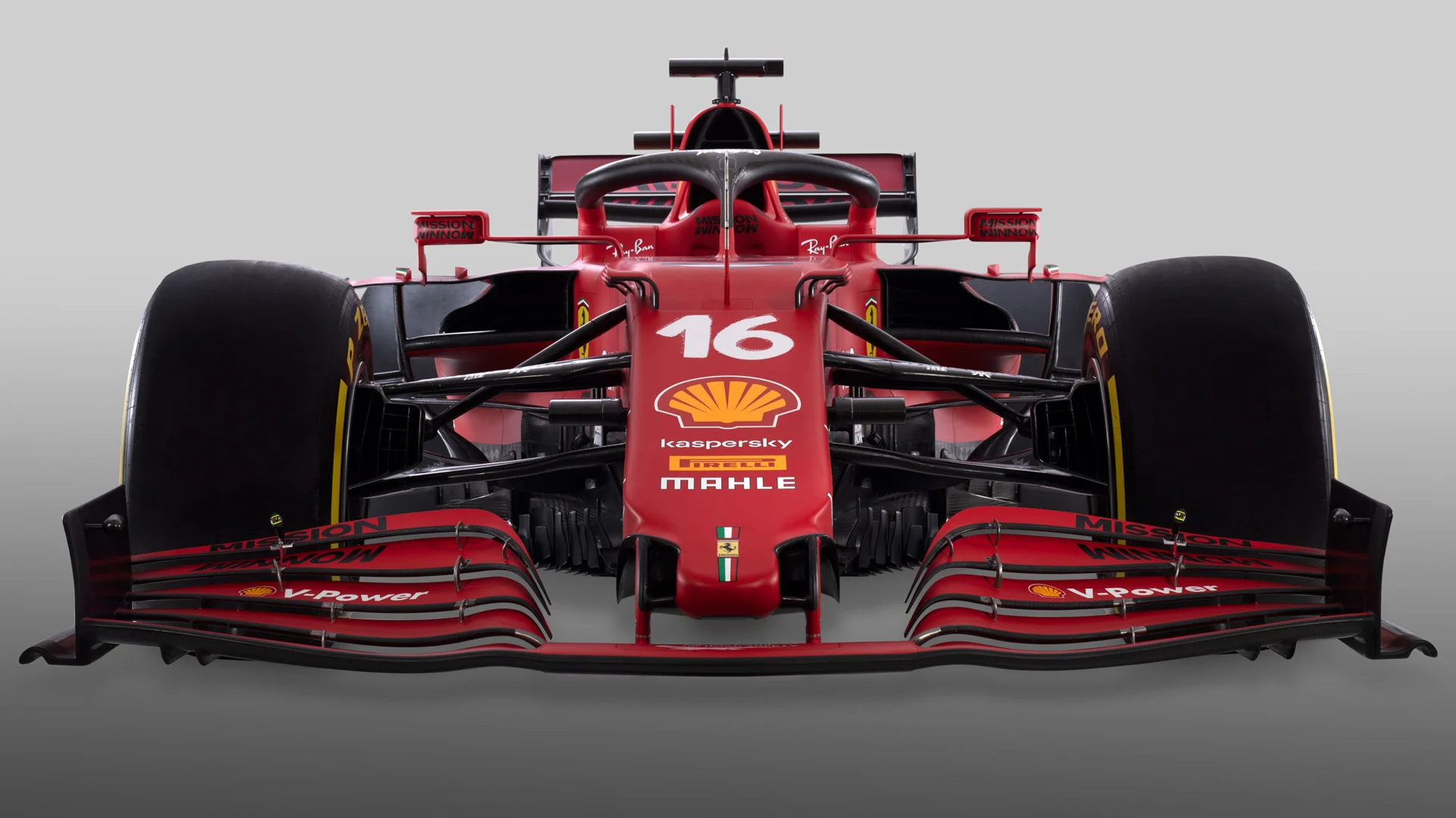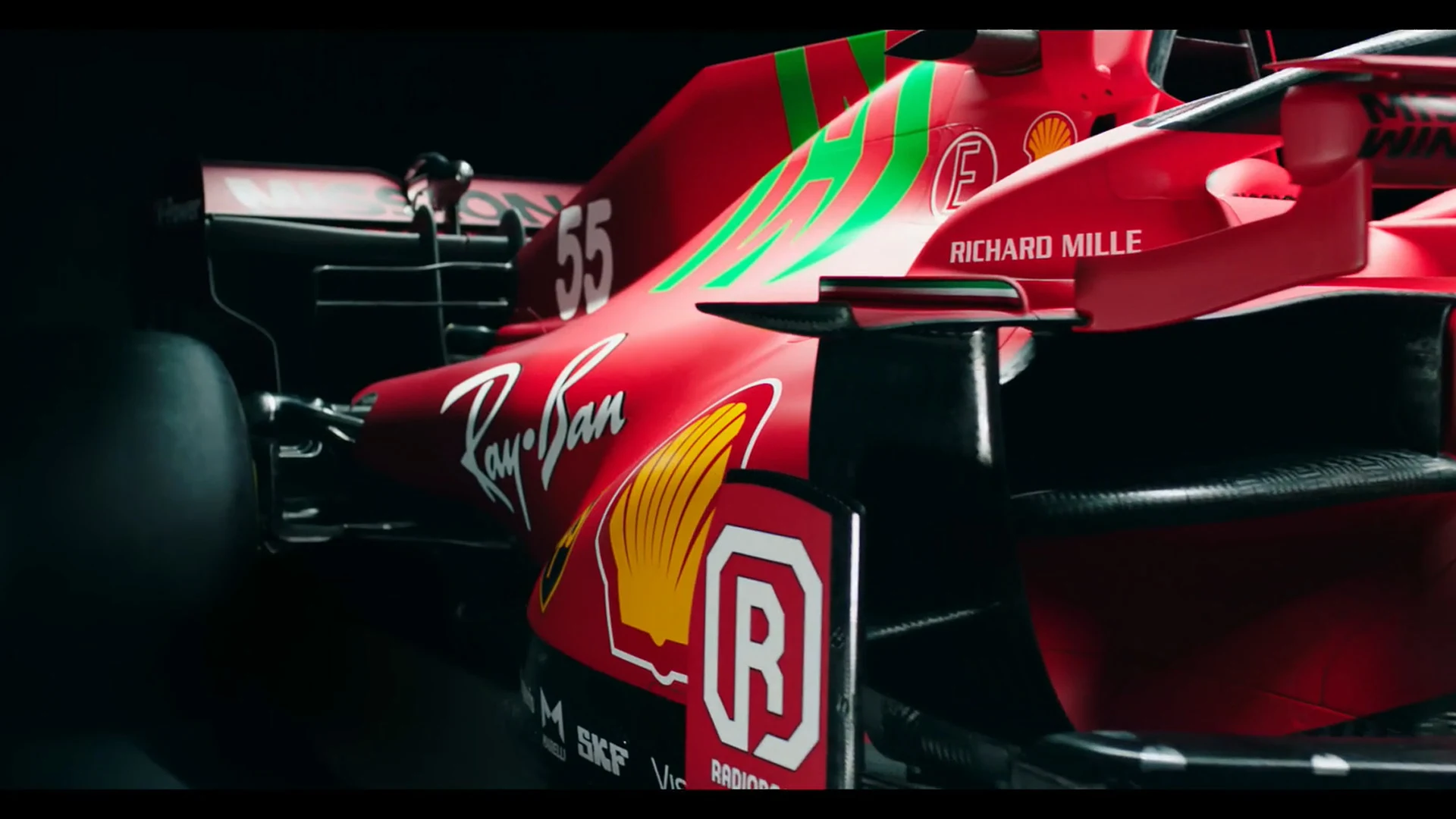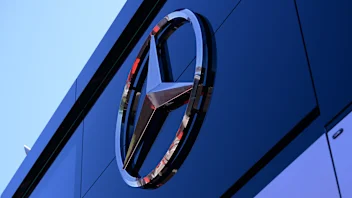RAPID REACTION: Ferrari’s two-pronged tech attack to get back on the pace with the SF21


The long-awaited Ferrari SF21 is here, and it’s the car that the Scuderia and their legions of fans hope will get them back towards the front of the grid after a woeful season last year. But what have they changed on the new car? F1 technical expert Mark Hughes has taken a close look...
Ferrari have made a double attack on their performance deficit of last year with what is effectively an all-new power unit and a heavily-revised rear end. In addition to the usual 2021 revisions to bargeboards and sidepod shapes – a reaction to the regulation floor reduction – this makes the SF21 quite visually distinctive from last year’s SF1000.
FIRST LOOK: Ferrari unveil hotly-anticipated SF21 – with splash of green on traditional red livery
Because Ferrari have utilised their two-token spend to the rear end of the car, they have been obliged to retain the unfashionable wide nose. But they have been able to tweak the tip of that nose, with a more sculpted clothing around the crash structure part of it.
This would appear to be an attempt at minimising the disadvantage of the wide nose in turning the airflow towards the bargeboards. With the fashionable narrow nose now used by most other teams that turning moment can begin earlier, with less risk of detachment. This sculpted tip would appear to facilitate an earlier turning of that flow around the nose.
The front wing (as seen in the first image in the gallery above) shown on the launch car features an even more extremely inboard-loaded profile than last year’s car, with a near vertical climb of the elements from the neutral central section.
The bargeboards display the usual 2021 complexity, reflecting the change in airflow priority along the car with the new regulations. The sidepods are very obviously pared back from last year’s arrangement, with a clear delineation in profile between the lower part of the engine cover and the upper part of the pods (rather like the new Williams).
As well as the revised aerodynamic requirements of this part of the car resulting from the regulation reduction in downforce-generating floor area, this re-profiling will also have been made possible by the re-packaging of the engine mentioned by power unit chief Enrico Gualtieri.

The turbo has been redesigned but it’s believed still to retain the combined turbine/compressor layout and not the Mercedes-like split-turbo that had been rumoured, but which remains an option for 2022.
A flattened-out engine intake within the roll hoop compared to last year is likely also another consequence of the revised packaging made possible by the engine repackaging.
At the rear, Ferrari were expected to create a new rear suspension, as that was perceived to be a weakness of last year’s model. The external layout of the suspension can be changed without a token spend, but it’s not clear if the token-costing internals have also been changed.
The transmission casing is also new, helping to facilitate a more tapered-in rear end in plan view – all in an attempt at clawing back the downforce losses of the regulations, and into the bargain giving the car a more stable rear end than last year’s.
The car will hit the track for a shakedown run on Thursday, before pre-season testing gets under way the day after. But we won't really know if the SF21 has taken a competitive step forward until the first race of the year in Bahrain.
Next Up
Related Articles
.webp) What F1 drivers have been up to over the festive holidays
What F1 drivers have been up to over the festive holidays F1 drivers who bounced back after dropping off the grid
F1 drivers who bounced back after dropping off the grid.webp) How F1 drivers recharge during the winter break
How F1 drivers recharge during the winter break Hamilton’s best helmets through the years
Hamilton’s best helmets through the years Mercedes confirm date for first look at 2026 F1 car
Mercedes confirm date for first look at 2026 F1 car.webp) ExclusiveZhou on why he has ‘high trust’ in Cadillac project
ExclusiveZhou on why he has ‘high trust’ in Cadillac project